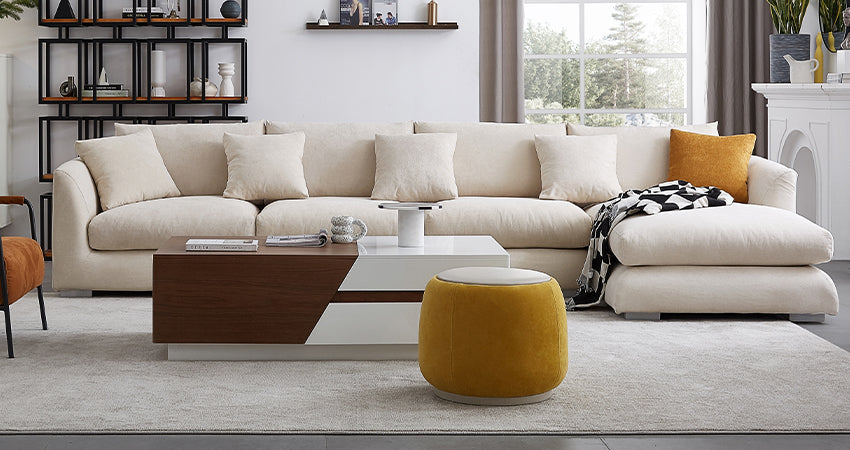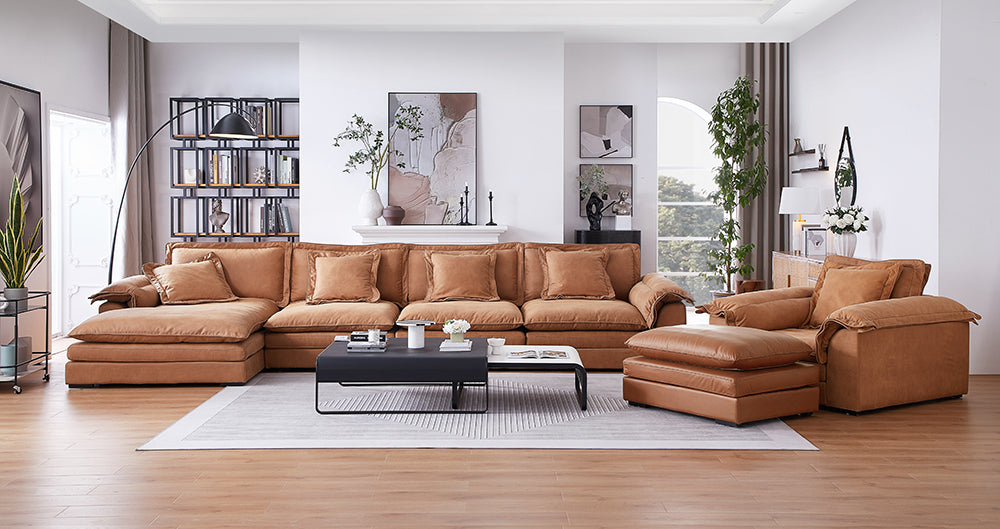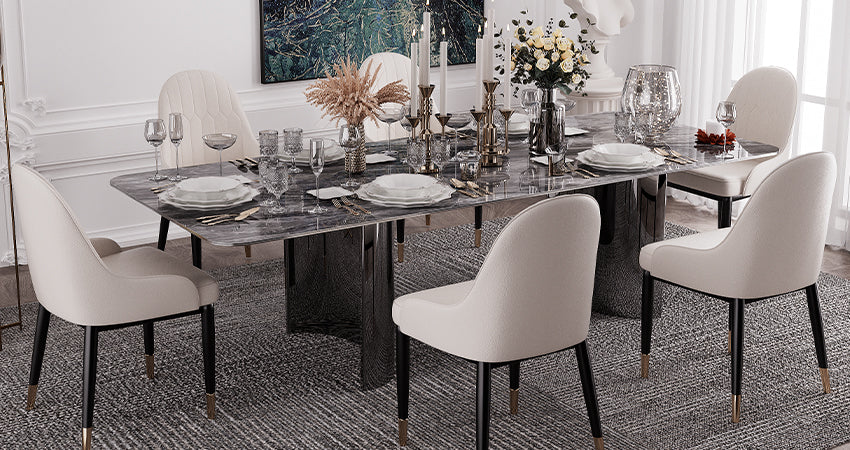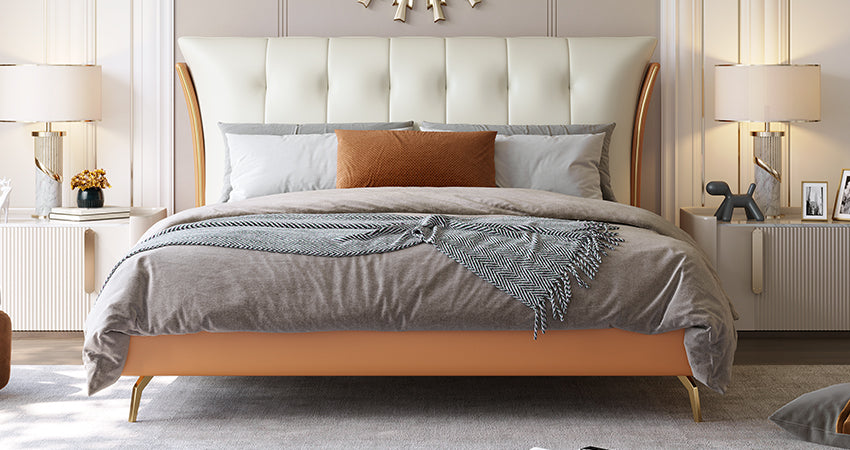How to Choose a Sofa
Choosing a sofa that suits your lifestyle and home décor style is key to creating a comfortable and elegant living space. Here is a detailed guide on the important factors to consider when selecting your dream sofa.
Intended Use
Before purchasing a sofa, fully consider the daily usage scenarios, as this directly affects selection. If used as the main family relaxation spot, opt for maximum comfort and durability to withstand frequent use. If the sofa is more decorative, pursue aesthetic appeal over utility. For entertaining guests, consider size to seat more people, and choose larger or modular styles. Measure the space and estimate daily users first to ensure the sofa size fully suits your needs.

Spatial Feel
The sofa size must fit the room size and existing layout to maximize space utility. Options range from compact two-seaters to spacious L-shaped corner sofas. Carefully measure the room and furniture layout beforehand to find the best fit. Omitting a coffee table can save space in smaller rooms. Account for the number of family members to allow ample activity space and avoid collisions during movements. Leave proper distance from the back wall for easy circulation if not placing the sofa fully against it—usually 20-30 inches for accessibility. Lower backrests create an airier feel in sofas not against walls, though taller ones offer more comfort. (look for Pad & Industrial) When in doubt, default to a universally smaller size at first, and expand through modular additions in the future if space allows.

Common Configurations
Compact two-seater sofas work well for smaller spaces. For expanded seating or spatial versatility, consider modular sectionals. By combining corner, chaise, and ottoman units, sectionals can achieve limitless configurations and maximize space utility. Choose wisely based on your size and functional needs. (Look for 25home's collection)
Ergonomic Design
Ergonomics is key to sofa comfort. Seat depths under 20 inches can cause leg dangling discomfort. Ideal depths are around 20-24 inches. Backrests should support the spine, with 28-34 inches being optimal.
Armrests should match elbow height for natural arm placement and prevent strain. Their width should account for elbows and forearms to rest naturally. Wider armrests offer ample space for snacks and drinks.(look for Crawford & Piano

More slender ones create a more spacious feel.(look for All leather & Plume) Overall, matching sofa dimensions to body measurements maximizes comfort and reduces fatigue.
Upholstery Fabric
Consider the characteristics of each material. Leather is rigid and durable yet can get hot. Polyester or acrylic knits are soft, breathable and budget-friendly for daily use. Cotton and linen blends are naturally skin-friendly with superb airflow. Performance fabrics with stain-guard are great for kids and pets. But soft fabrics like velvet and chenille are high-maintenance.
Assess if you have pets, kids, frequent parties and their activities. Removable and washable covers are ideal if frequent cleaning is expected. Durable, stain-resistant air leather (See our guide to air leather)is great for rambunctious kids and pets. Overall, match the fabric performance to your lifestyle patterns.

Cushion Comfort
Personal preference varies in cushion softness. Firmer cushions retain shape and support. Softer cushions feel exceedingly plush at first but can deform over time. High-density foam maintains its properties. Low-density foam softens gradually. Down-alternative fillings are ultrasoft but lack support.
Integrating the above factors with your lifestyle, space, and aesthetic preferences will lead you to the perfect dream sofa—one that epitomizes both functional excellence and personal great wallace. Please let me know if you need any detailed suggestions on particular aspects. I’d be happy to share my expertise to help refine this comprehensive guide.















